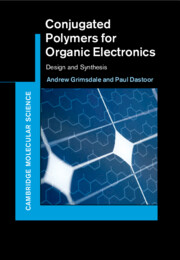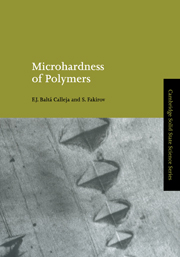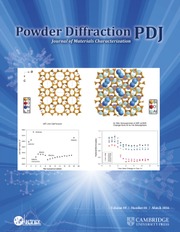Conjugated Polymers for Organic Electronics
Covering all the major types of conjugated polymers used in emerging organic electronic technologies, this guide provides the fundamental chemistry and physics, and shows how to design materials with optimal performance for various applications, such as in transistors, LEDs, and solar cells. The principles of molecular design are discussed, as well as a range of synthetic methods, which are linked to practical examples such as the suppression of long wavelength emission from blue-emitting polymers, the production of regioregular polythiophenes for enhanced mobility, and the development of donor-acceptor copolymers for high efficiency solar cells. Structure-property relationships are also covered, in addition to how impurities or defects can affect performance and how the devices operate. This is an indispensable reference for anyone working with or studying conjugated polymers or organic electronics.
- Brings together the combined experience of an expert on the synthesis and an expert on the physics of organic polymers
- Demonstrates the potential for future development of more environmentally friendly and affordable electronic devices
- Includes the critical steps for producing polymers that will impart commercially viable attributes to devices
Product details
May 2024Adobe eBook Reader
9781009566025
0 pages
166 b/w illus.
This ISBN is for an eBook version which is distributed on our behalf by a third party.
Table of Contents
- 1. Introduction
- 2. Polyacetylenes
- 3. Poly(arylene vinylene)s
- 4. Poly(arylene ethynylenes)s
- 5. Poly(phenylene)s
- 6. Polyfluorenes and related polymers
- 7. Polythiophenes
- 8. Other arylene based polymers
- 9. Hyperbranched polymers and dendrimers
- 10. Polymers with molecular-like chromophores
- 11. Polymers for Phosphorescent LEDs
- 12. Polymers for white-emitting PLEDs
- 13. Polymers for other luminescent devices
- 14. Conclusion and outlook.







